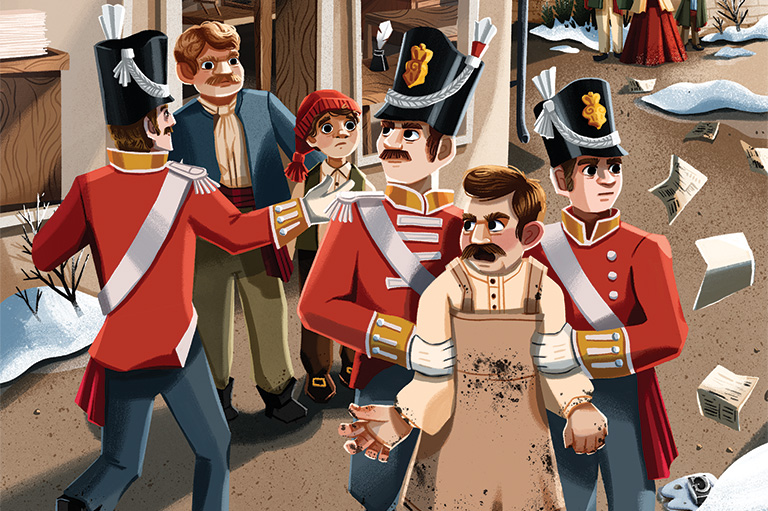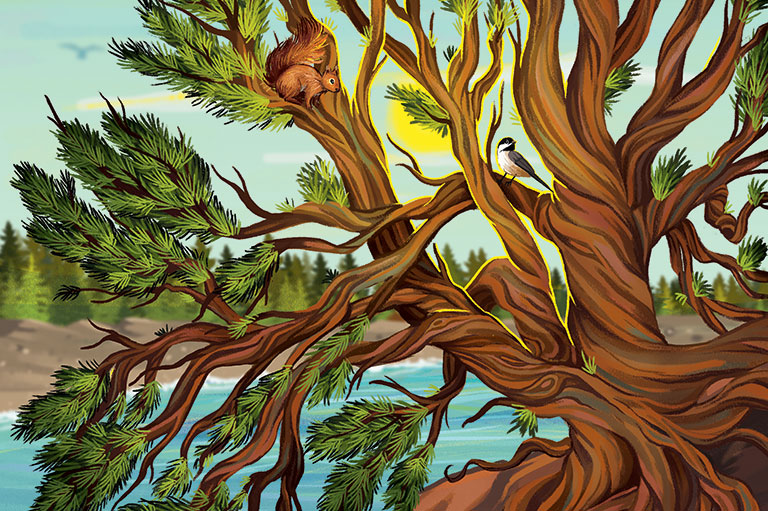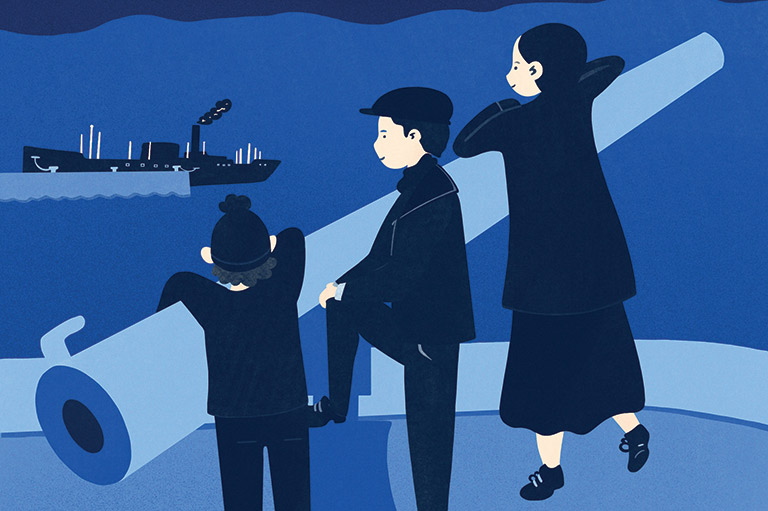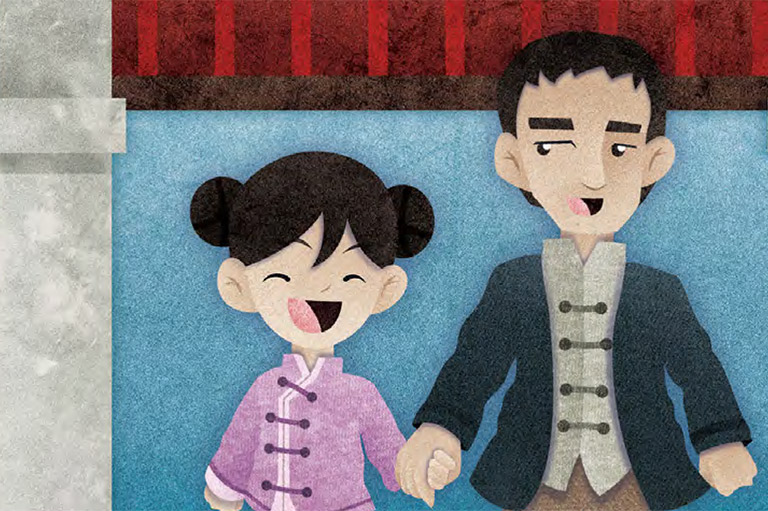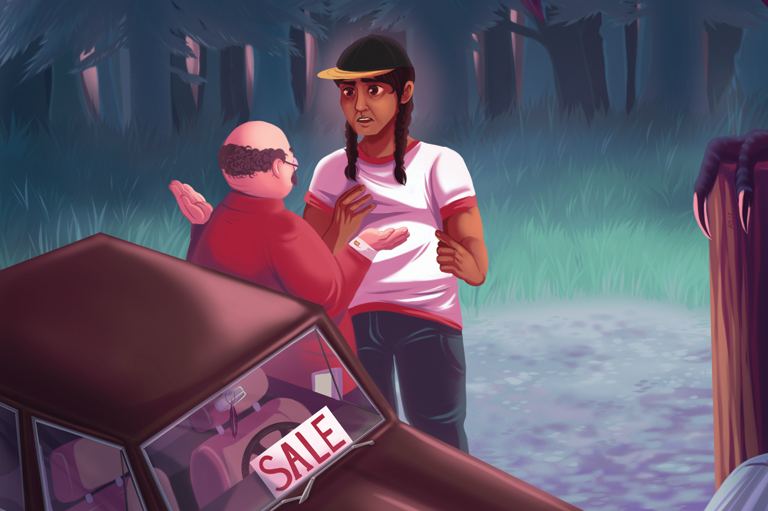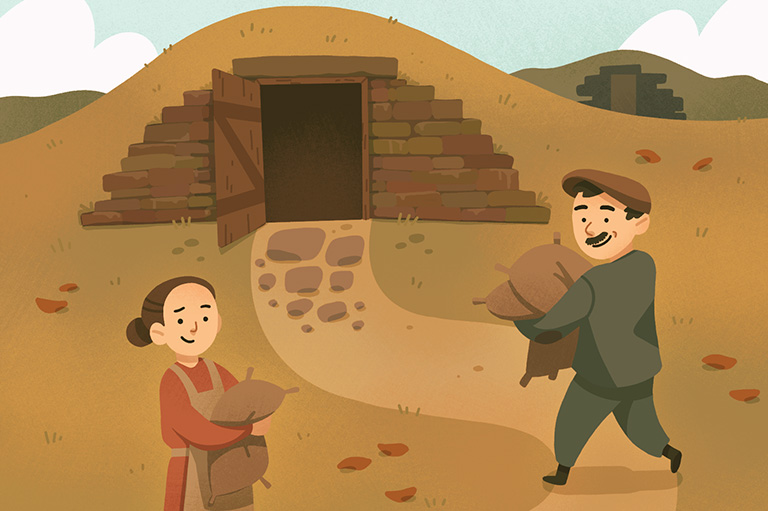Buried Stories
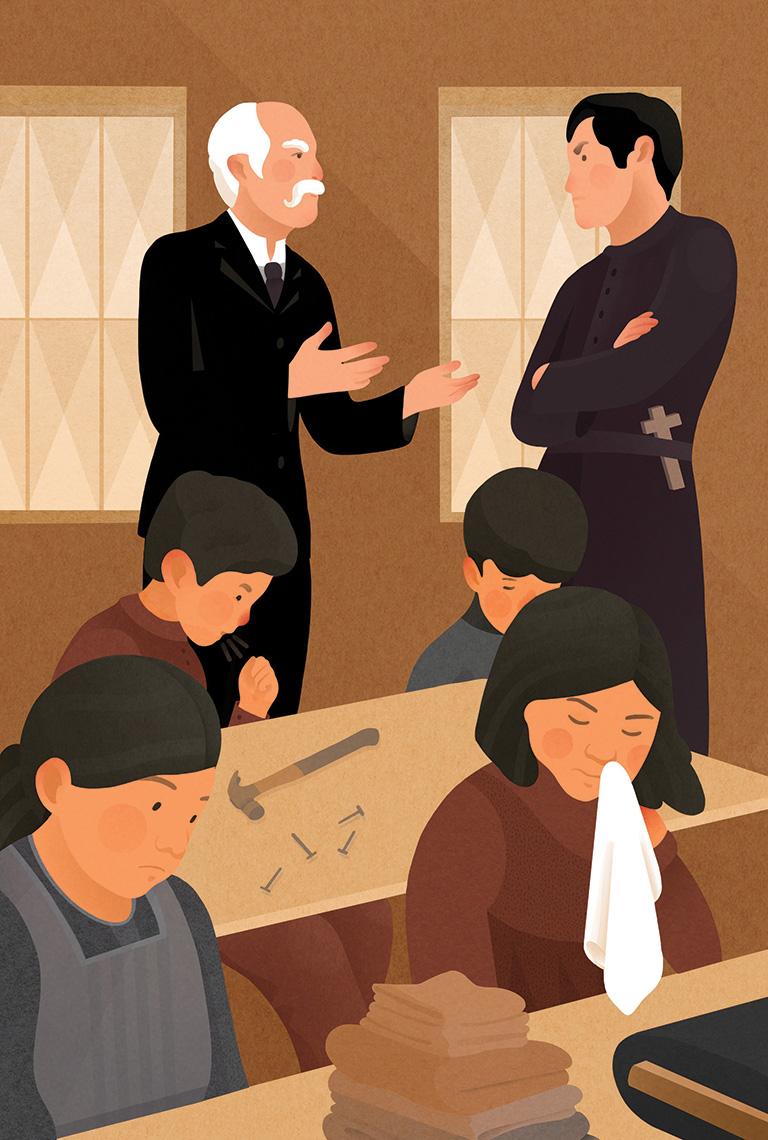
Ottawa, 1879
After visiting many industrial boarding schools in America, I am of the firm opinion that they provide an excellent model for us. If these children only go to day schools, we will not be able to change them. They will simply go home to their reserves and live with their families in the old ways. Like the Americans, we must take them away to schools where they will live and learn to be good farmers, maids, factory workers and so on. When we separate them from their families, they can learn much more. They will soon give up their habits of living out on the land and staying up until all hours during hunting season. Through order and firm guidance, we will make them into good little men and women — neatly dressed hard workers with good manners. I recommend that the Department of Indian Affairs begin by establishing no more than four boarding schools of this sort in the Canadian North-West.
Respectfully submitted,
Nicholas Flood Davin

Ottawa, 1908
My dear friend;
I have seen many poor families and sick people and terrible homes. But none of it prepared me for what I saw at those schools. Indeed, that is the wrong name for most of them. The children are taken away from all that they know and love. They are given food I would not give my enemy to eat, and little of that. So many had that look of hunger in their eyes. So many coughed and shivered — sure signs of disease. Those in charge told me all was well, all was normal. Yet, when I went through their records, the awful truth could not be ignored. The children at these detestable places are dying in numbers Canadians would not believe. I counted and recounted, and must accept the facts. For every 100 children in a typical residential school, 24 will die before they can return home.
Indeed, in one such place, 69 out of 100 students died. If these were our own precious little ones in Montreal or Halifax, we would be furious with the government and the churches responsible for such evil. If the children of Toronto and Winnipeg were sent away, lonely and frightened, to a place where they were overworked and underfed, beaten and scorned, we would rise up against such treatment. But did my report of last year cause such fury, such righteous anger? Did the Department or the government react with kindness to spare these children and return them to their homes? It did not. I will never forgive Scott for taking no action — for insisting I stay quiet and not show anyone my report or tell what I had learned. But I will stay and work for the health of all, especially those who are overlooked and mistreated. Perhaps someday, when I can speak of my story, the country will know what has been done in its name.
Yours sincerely
Dr. Peter Henderson Bryce

Ottawa, 1920
I cannot understand those who would tear down the school system we have created for the betterment of these people. Through the guidance of firm teachers, both from the churches and others with good intentions, the children will, over time, forget the ways of their families and become like the rest of us. My goal is to continue our work until there is not a single one of these people left, young or old, living in their former manner — until our department no longer exists because these people have become Canadians who need no special treatment. Only to this journal can I confess my anger with the infuriating Dr. Bryce. I would like nothing better than to dismiss him and put an end to his lies about our residential schools, but then he would be free to spread his ridiculous ideas. My heart is with my poetry, and I am not ashamed to say I hope history might remember it and me kindly. The way we have brought these people into the modern life of Canada through schooling and a firm hand, however, may yet be my greatest legacy.
Duncan Campbell Scott, Deputy Superintendent
Department of Indian Affairs
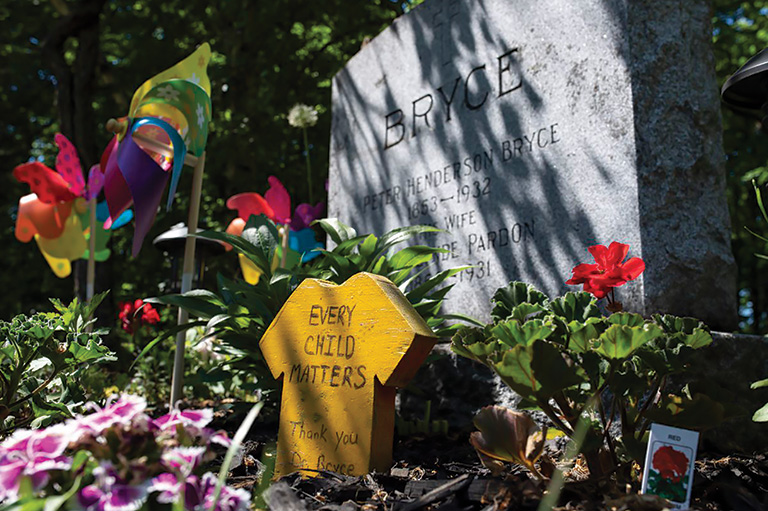
All three men in our story were real people. (We made up most of what they wrote, although some of the words are their own.) Irish-born Nicholas Flood Davin came to Canada as a journalist but ended up as a Member of Parliament under Sir John A. Macdonald. In 1879, Davin wrote a report on the American system of industrial schools for Indigenous children. He advised the Canadian government to set up the same thing here.
For decades, Duncan Campbell Scott was best-known as a great Canadian poet. He also worked for the federal government for more than 50 years in a department then called Indian Affairs. As deputy superintendent from 1913 to 1932, he oversaw the growth of the residential school system. He believed it was the best way to — yes, those are his words — “get rid of the Indian problem.”
Dr. Peter Henderson Bryce was a doctor who specialized in keeping people and communities healthy. In 1904 he became the chief medical officer for Indian Affairs. He soon started looking into what was happening at residential schools and discovered at least a quarter of children died there. In 1907 he published a report proving the federal government was responsible for the conditions that caused those deaths. Scott refused to listen to Bryce’s suggestions. Bryce spent nearly 20 years trying to get the government to help Indigenous people improve their health. He eventually published his report himself under the title The Story of a National Crime. All three men are buried in Ottawa’s Beechwood Cemetery.
Indigenous activist Cindy Blackstock started pushing for changes in 2008. In 2015, the cemetery added a plaque honouring Bryce and his work. The same year, it put up a new one for Scott, and did the same thing for Davin in 2017. Both of their plaques now also talk about how their work on the residential school system harmed Indigenous people.
Even now, we don’t know the stories of brave Indigenous parents who did everything they could to hide their children from being taken to residential schools, or risked everything to rescue them. But as Beechwood Cemetery shows, even when a commemoration is written in (or on) stone, it can always be changed.
Themes associated with this article
More fiction features
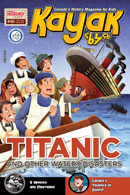
Canada’s History Archive features both English and French versions of Kayak: Canada’s History Magazine for Kids.
Kayak: Canada’s History Magazine for Kids — 3 digital issues per year for as low as $13.99. Tariff-exempt!

